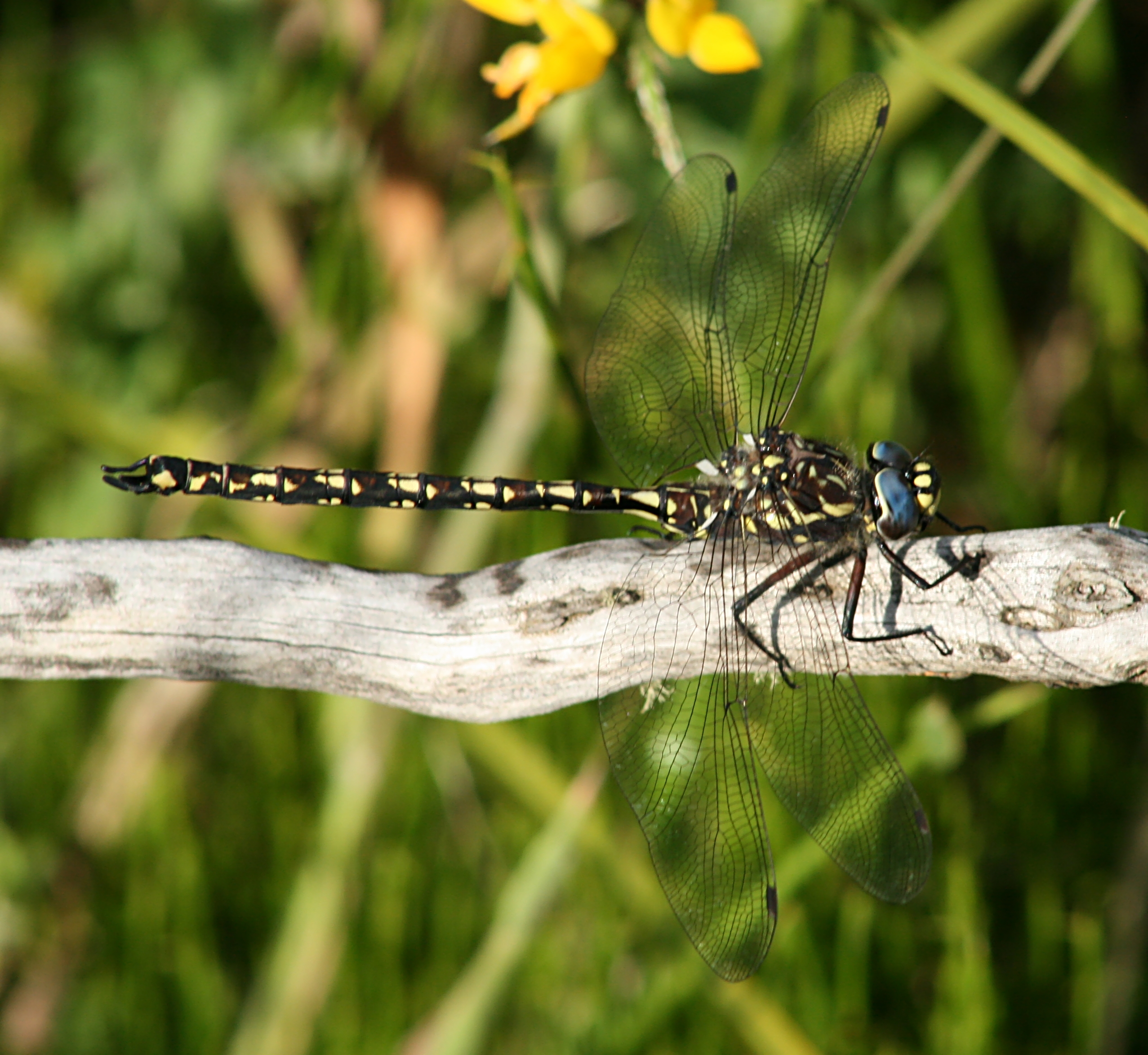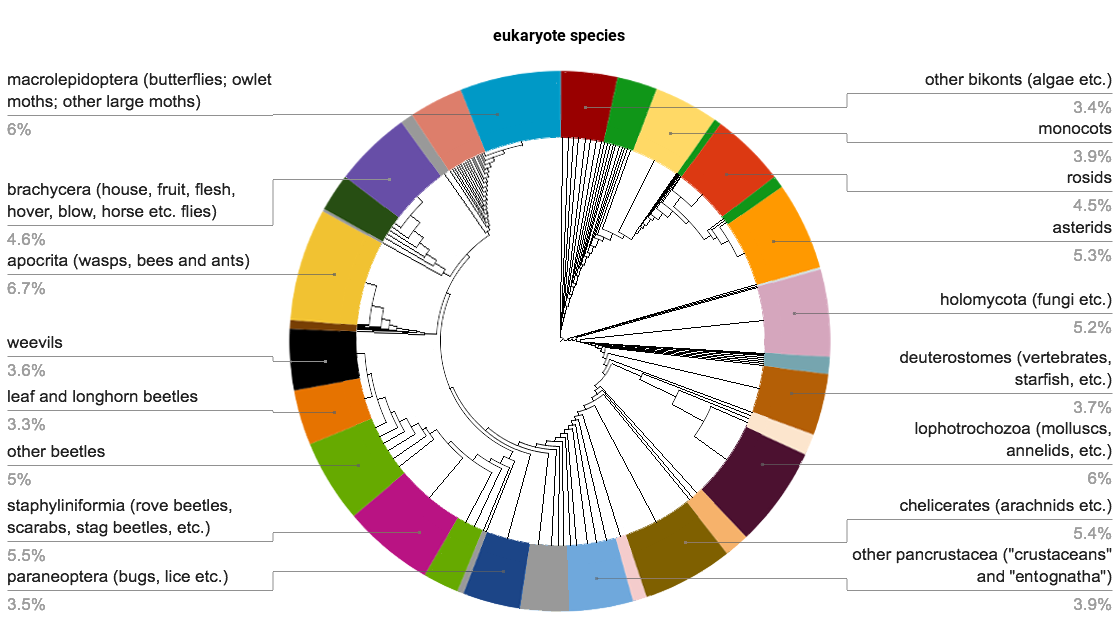|
Anax Gibbosulus
''Anax gibbosulus'' is a species of large dragonfly of the family Aeshnidae, commonly known as the green emperor. It inhabits swamps and brackish waters from India through northern Australia to the Pacific. ''Anax gibbosulus'' is a very large dragonfly with a green body and dark brown tail with pale markings. Gallery Anax gibbosulus male.jpg, Male green emperor Anax gibbosulus male wings (34665183020).jpg, Male wings Anax gibbosulus female wings (34665178640) (2).jpg, Female wings See also * List of Odonata species of Australia This is a list of species of damselflies and dragonflies recorded in Australia. Common names of species are linked, beside their scientific names. The list is split into two groups: damselflies (suborder Zygoptera) and other dragonflies (i ... References {{Taxonbar, from=Q2326177 Aeshnidae Odonata of Australia Odonata of Asia Odonata of Oceania Insects of Australia Insects of India Taxa named by Jules Pierre Rambur Insects descr ... [...More Info...] [...Related Items...] OR: [Wikipedia] [Google] [Baidu] |
Jules Pierre Rambur
Jules Pierre Rambur (21 July 1801 – 10 August 1870) was a French entomologist. Rambur was born in Chinon. He studied the insect fauna of Corsica and Andalusia. He was the author of ''Histoire naturelle des insectes'' (1842) amongst other works. He died in Geneva. He was a Member and later (1839) President of the Société entomologique de France. Publications *''Catalogue des lépidoptères insectes Néuroptères de l’île de Corse'' (1832) *''Faune entomologique de l’Andalousie'' (two volumes, 1837–1840) *''Histoire naturelle des insectes( part of the ''Suites à Buffon'', 1842) *''Catalogue systématique des Lépidoptères de l’Andalousie'' (1858–1866). *with Adolphe Hercule de Graslin and Jean Baptiste Boisduval ''Collection iconographique et historique des chenilles; ou, Description et figures des chenilles d'Europe, avec l'histoire de leurs métamorphoses, et des applications à l'agriculture'' Paris,Librairie encyclopédique de Roret The Boulevard Line ( da, ... [...More Info...] [...Related Items...] OR: [Wikipedia] [Google] [Baidu] |
Dragonfly
A dragonfly is a flying insect belonging to the infraorder Anisoptera below the order Odonata. About 3,000 extant species of true dragonfly are known. Most are tropical, with fewer species in temperate regions. Loss of wetland habitat threatens dragonfly populations around the world. Adult dragonflies are characterized by a pair of large, multifaceted compound eyes, two pairs of strong, transparent wings, sometimes with coloured patches, and an elongated body. Many dragonflies have brilliant iridescent or metallic colours produced by structural colouration, making them conspicuous in flight. An adult dragonfly's compound eyes have nearly 24,000 ommatidia each. Dragonflies can be mistaken for the closely related damselflies, which make up the other odonatan infraorder ( Zygoptera) and are similar in body plan though usually lighter in build; however, the wings of most dragonflies are held flat and away from the body, while damselflies hold their wings folded at rest, along or ... [...More Info...] [...Related Items...] OR: [Wikipedia] [Google] [Baidu] |
Aeshnidae
The Aeshnidae, also called aeshnids, hawkers, or darners, is a family of dragonflies. The family includes the largest dragonflies found in North America and Europe and among the largest dragonflies on the planet. Description Common worldwide or nearly worldwide genera are '' Aeshna'' and '' Anax''. The African ''Anax tristis'' has a wingspan over 125 mm, making it one of the world's largest known dragonflies. There are 41 North American species in 11 genera in this family. Most European species belong to ''Aeshna''. Their American name "darner" stems from the female abdomens looking like a sewing needle, as they cut into plant stem when they lay their eggs through the ovipositor. The dragonflies mate in flight. The eggs are deposited in water or close by. The larvae (nymphs or naiads) are generally slender compared to those of other families, with a long and flat extensible lower lip (labium). The larvae are aquatic predators, feeding on other insects and even small fish. ... [...More Info...] [...Related Items...] OR: [Wikipedia] [Google] [Baidu] |
Australian Faunal Directory
The Australian Faunal Directory (AFD) is an online catalogue of taxonomic and biological information on all animal species In biology, a species is the basic unit of Taxonomy (biology), classification and a taxonomic rank of an organism, as well as a unit of biodiversity. A species is often defined as the largest group of organisms in which any two individuals of ... known to occur within Australia. It is a program of the Department of Climate Change, Energy, the Environment and Water of the Government of Australia. By May 12, 2021, the Australian Faunal Directory has collected information about 126,442 species and subspecies. It includes the data from the discontinued ''Zoological Catalogue of Australia'' and is regularly updated. Started in the 1980s, it set a goal to compile a "list of all Australian fauna including terrestrial vertebrates, ants and marine fauna" and create an "Australian biotaxonomic information system".''Commonwealth Record'', Volume 5, Issues 26-34, ... [...More Info...] [...Related Items...] OR: [Wikipedia] [Google] [Baidu] |
Australian Biological Resources Study
Australian Biological Resources Study (ABRS) is a project undertaken by Parks Australia Division of Australia's Department of the Environment, Water, Heritage and the Arts (DEWHA). Background ABRS was founded in 1973 from the recommendations of a 1972 Senate Select Committee report on Wildlife Conservation. Its purpose is to collate from the many libraries, museums and other collections the taxonomy of Australia's estimated 2 million species of flora and fauna, including aquatic species. These represent almost 20% of the earth's biodiversity, 80% of which are unique to Australia. ABRS has undertaken active funding for taxonomic research of Australia's biodiversity and is internationally recognised for its extensive data bases and publications. Publications The most important outputs of the ABRS has been the publication of the multi-volume '' Flora of Australia'' and ''Fauna of Australia'' series. Other output includes '' The Banksia Atlas'' and the "Platypus" database ... [...More Info...] [...Related Items...] OR: [Wikipedia] [Google] [Baidu] |
List Of Odonata Species Of Australia
This is a list of species of damselflies and dragonflies recorded in Australia. Common names of species are linked, beside their scientific names. The list is split into two groups: damselflies (suborder Zygoptera) and other dragonflies (infraorder Anisoptera). Those groups are organized in Families and then Genera and Species. Zygoptera (damselflies) Coenagrionidae genus: ''Aciagrion'' :* Blue slim, ''Aciagrion fragilis'' genus: ''Agriocnemis'' :* Silver wisp, ''Agriocnemis argentea'' :* Tropical wisp, ''Agriocnemis dobsoni '' :* Pilbara wisp, ''Agriocnemis kunjina '' :* Pygmy wisp, ''Agriocnemis pygmaea'' :* Red-rumped wisp, ''Agriocnemis rubricauda'' :*'' Agriocnemis thoracalis'' genus: '' Archibasis'' :* Blue-banded longtail, ''Archibasis mimetes '' genus: '' Argiocnemis'' :* Red-tipped shadefly, ''Argiocnemis rubescens '' genus: '' Austroagrion'' :* South-western billabongfly, ''Austroagrion cyane '' :* Northern billabongfly, ''Austroagrion exclamationis ' ... [...More Info...] [...Related Items...] OR: [Wikipedia] [Google] [Baidu] |
Odonata Of Australia
Odonata is an order of flying insects that includes the dragonflies and damselflies. Members of the group first appeared during the Triassic, though members of their total group, Odonatoptera, first appeared in Late Carboniferous. The two common groups are distinguished with dragonflies, placed in the suborder Epiprocta, usually being larger, with eyes together and wings up or out at rest, while damselflies, suborder Zygoptera, are usually smaller with eyes placed apart and wings along body at rest. All Odonata have aquatic larvae called naiads (nymphs), and all of them, larvae and adults, are carnivorous. The adults can land, but rarely walk. Their legs are specialised for catching prey. They are almost entirely insectivorous. Etymology and terminology Fabricius coined the term ''Odonata'' in 1793 from the Ancient Greek ( Ionic form of ) 'tooth'. One hypothesis is that it was because their maxillae are notably toothed. Most insects also have toothed mandibles. The ... [...More Info...] [...Related Items...] OR: [Wikipedia] [Google] [Baidu] |
Insects Of Australia
Insects (from Latin ') are pancrustacean hexapod invertebrates of the class Insecta. They are the largest group within the arthropod phylum. Insects have a chitinous exoskeleton, a three-part body (head, thorax and abdomen), three pairs of jointed legs, compound eyes and one pair of antennae. Their blood is not totally contained in vessels; some circulates in an open cavity known as the haemocoel. Insects are the most diverse group of animals; they include more than a million described species and represent more than half of all known living organisms. The total number of extant species is estimated at between six and ten million; In: potentially over 90% of the animal life forms on Earth are insects. Insects may be found in nearly all environments, although only a small number of species reside in the oceans, which are dominated by another arthropod group, crustaceans, which recent research has indicated insects are nested within. Nearly all insects hatch from ... [...More Info...] [...Related Items...] OR: [Wikipedia] [Google] [Baidu] |
Insects Of India
Insects (from Latin ') are pancrustacean hexapod invertebrates of the class Insecta. They are the largest group within the arthropod phylum. Insects have a chitinous exoskeleton, a three-part body (head, thorax and abdomen), three pairs of jointed legs, compound eyes and one pair of antennae. Their blood is not totally contained in vessels; some circulates in an open cavity known as the haemocoel. Insects are the most diverse group of animals; they include more than a million described species and represent more than half of all known living organisms. The total number of extant species is estimated at between six and ten million; In: potentially over 90% of the animal life forms on Earth are insects. Insects may be found in nearly all environments, although only a small number of species reside in the oceans, which are dominated by another arthropod group, crustaceans, which recent research has indicated insects are nested within. Nearly all insects hatch from eggs. In ... [...More Info...] [...Related Items...] OR: [Wikipedia] [Google] [Baidu] |




